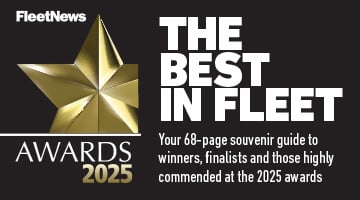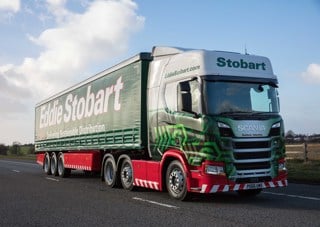By Matt Goodstadt, managing director, Transport, Civica
Change is coming in public sector transport. Many organisations are viewing increasing demand and tighter financial restrictions as an opportunity to innovate.
This is crucial as efficient transport systems have a critical socio-economic role in the UK. Fundamentally, vehicles must be available to empty local residents’ bins, ensure social and health care workers can reach the elderly patients they care for and ambulances continue to run. We cannot afford for this to stop.
However, time is running out for public sector transport leaders who need to fill a widening financial hole. While many transport providers have already implemented cost cutting measures, organisations need to implement digital transformation as part of their wider strategy to cut costs and to drive commercialisation.
Pursuing a digital strategy has helped many local authorities do just this - also helping them to better serve citizens and streamline processes.
Transforming transport through tech
Commercialisation isn’t a straight forward process; whether it’s developing the right skills, or simply knowing how to broker successful partnerships which make real financial sense, strategies need to be bespoke to individual organisation needs.
Technology is the key to this. For example, implementing a digital transport management system can provide transport operators with a holistic view of their entire fleet.
Through use of the systems, operators can typically make savings of 3% by spotting where fuel efficiencies can be made.
Further savings can be made through early planning for when vehicles need to be off the road for maintenance and by reducing over-maintenance of vehicles.
More advanced digital systems both boost productivity and, crucially, enable management to analyse business performance and make further improvements.
Cornwall Council is just one example of a successful commercial model. In 2011 Cornwall Council set up Cormac Solutions Ltd, which became the first all highways-related teckal company in the UK.
Since its inception, Cormac has increased its business trading by £31m between 2012 and 2015 and delivered a significant dividend back to the council to reinvest in service delivery.
Fleet management software is enabling the business to analyse productivity, budget and capacity data. The management can then make more informed decisions and manage the workforce more effectively.
Elsewhere, public sector transport leaders can learn from successes in the private sector. DHL Supply Chain increased its maintenance revenue by 150% following efficiency improvements achieved by implementing a fleet management system.
Tech adoption alone isn’t enough
Finding the right strategy to deliver genuine and reliable returns while supporting community priorities is a task that few public-sector transport leaders have found easy.
Technology adoption isn’t the only challenge that public-sector transport managers face when implementing a successful commercialisation model – skills are also an issue.
The public sector needs to up-skill to deliver successful commercial models. Public sector transport organisations need to change their culture to commercialise.
Education on the benefits of commercialisation is key and all commercial actions must be transparent and show deliverable outcomes.
There’s still a long way to go and much more can be gained from generating new income.
If organisations skill-up to meet the challenge, frontline services will stand a much better chance of being preserved and improved.


















Login to comment
Comments
No comments have been made yet.